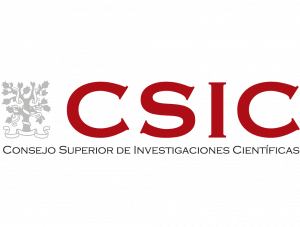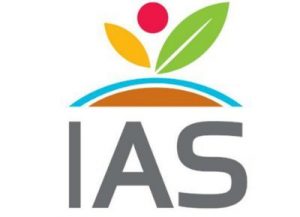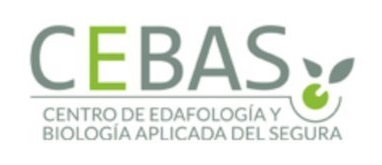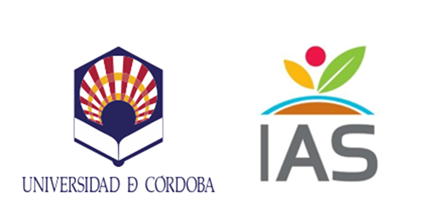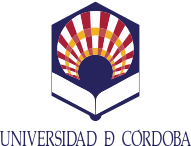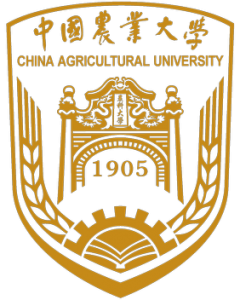 Agricultural Water Management 240 (2020) 106293
Agricultural Water Management 240 (2020) 106293
https://doi.org/10.1016/j.agwat.2020.106293
Publication by CAU and ARO:
Xun Wu a, Qiang Zuo b, Jianchu Shi b,*, Lichun Wang c, Xuzhang Xue c, Alon Ben-Gal d
a College of Water Resources and Civil Engineering, China Agricultural University, Beijing 100083, China
b College of Land Science and Technology, China Agricultural University, Key Laboratory of Plant-Soil Interactions, Ministry of Education, Key Laboratory of Arable Land
Conservation (North China), Ministry of Agriculture, Beijing 100193, China
c National Research Center of Intelligent Equipment for Agriculture, Beijing 100097, China
d Soil, Water and Environmental Sciences, Agricultural Research Organization, Gilat Research Center, mobile post Negev 85280, Israel
ABSTRACT
During wetting-drying cycles, divergence is often found between the immediately improved soil water conditions after re-watering and the recovery of plant water status from stress, which ensues only gradually. Such an apparent hysteresis effect of water stress (HEWS) is usually neglected in simulating root-water-uptake (RWU) by empirical models. To consider HEWS in the empirical macroscopic RWU model of Feddes, a water stress recovery coefficient (δ) was introduced based on two lysimetric experiments under greenhouse and field conditions for
winter wheat. The integrated effects of historical water stress events were investigated by assuming that the normalized influence weight of each past stress event declines with the increase of time interval before simulation as an exponential function of attenuation rate. Although δ could be described by an exponential function of an integrative index representing the general historical stress extent (R2 = 0.65, P < 0.001), with an attenuation rate smaller than 0.13, it is challenging to establish such a function practically. An attenuation rate close to zero means HEWS is mainly dominated by the water stress on the previous day, validated by a significant relationship between the relative transpiration or stomatal conductance on the day after irrigation and the water stress extent on the day before irrigation. Therefore, a simplification, substituting the integrative index in the exponential function with the stress extent on the previous day, was proposed for estimating δ. Compared to the traditional RWU model, the revised model considering HEWS was more successful in simulating relative transpiration and soil water dynamics. Root mean square error of relative transpiration was reduced by 65.9 % and of soil water by 30 % in the greenhouse experiment and by 7.4 % and 12.5 %, respectively, in the field experiment.



